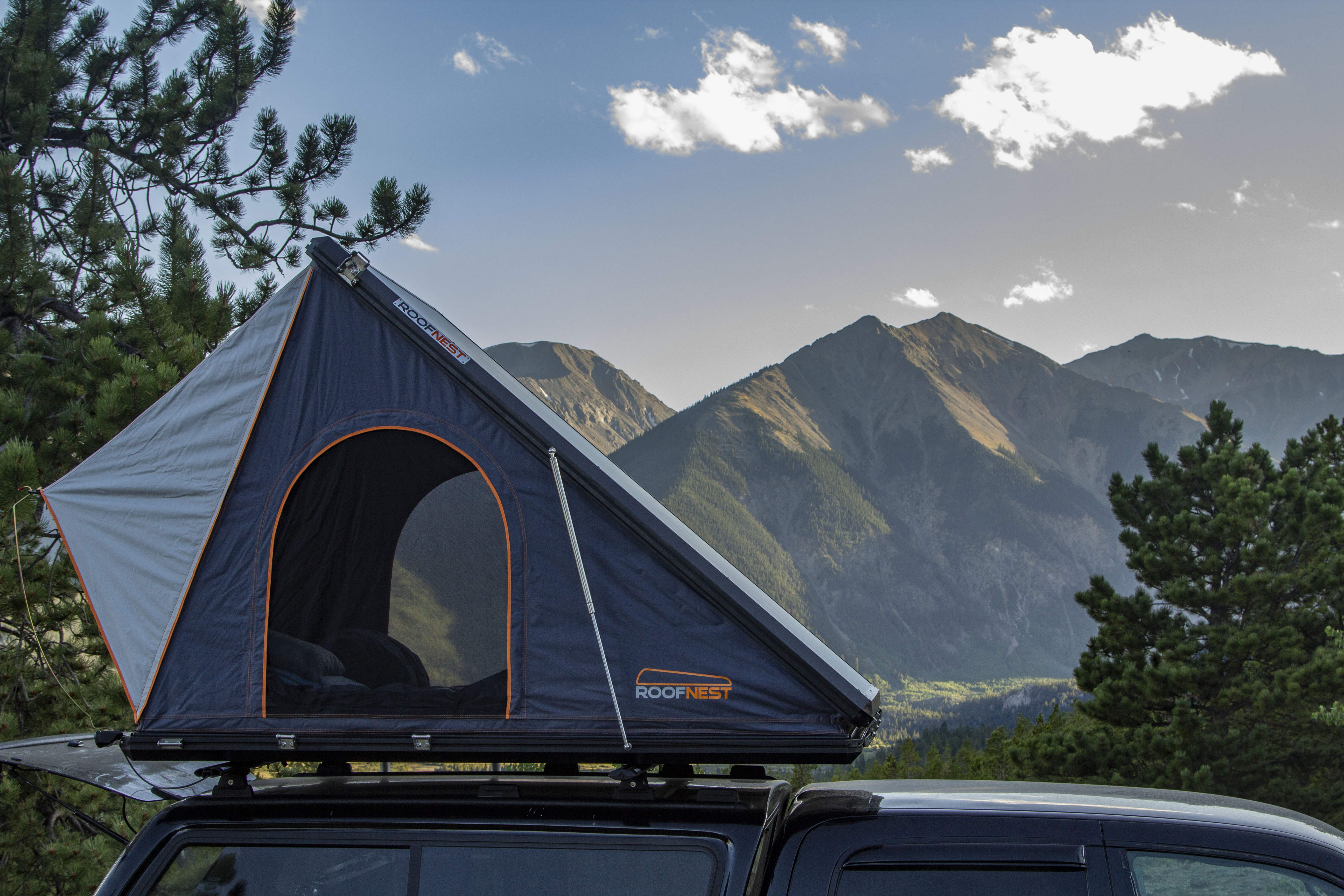I bought my first rooftop tent 10 years ago, a used Howling Moon with a tan cover, weather-worn canvas walls, and a folding floor made of wood. At the time, overlanding had just begun to emerge in the United States, so to me, and most everyone who saw it, this soft-shell tent was the pinnacle of camping technology. What it actually was, was a relic. A bulky heavy design that had already been roaming the African and Australian continents unchanged for decades before arriving on American soil. It took a few years for most of us to realize that, but now that we have, manufacturers are redefining roof tents for the 21st century, and the result is products like the Roofnest Falcon.
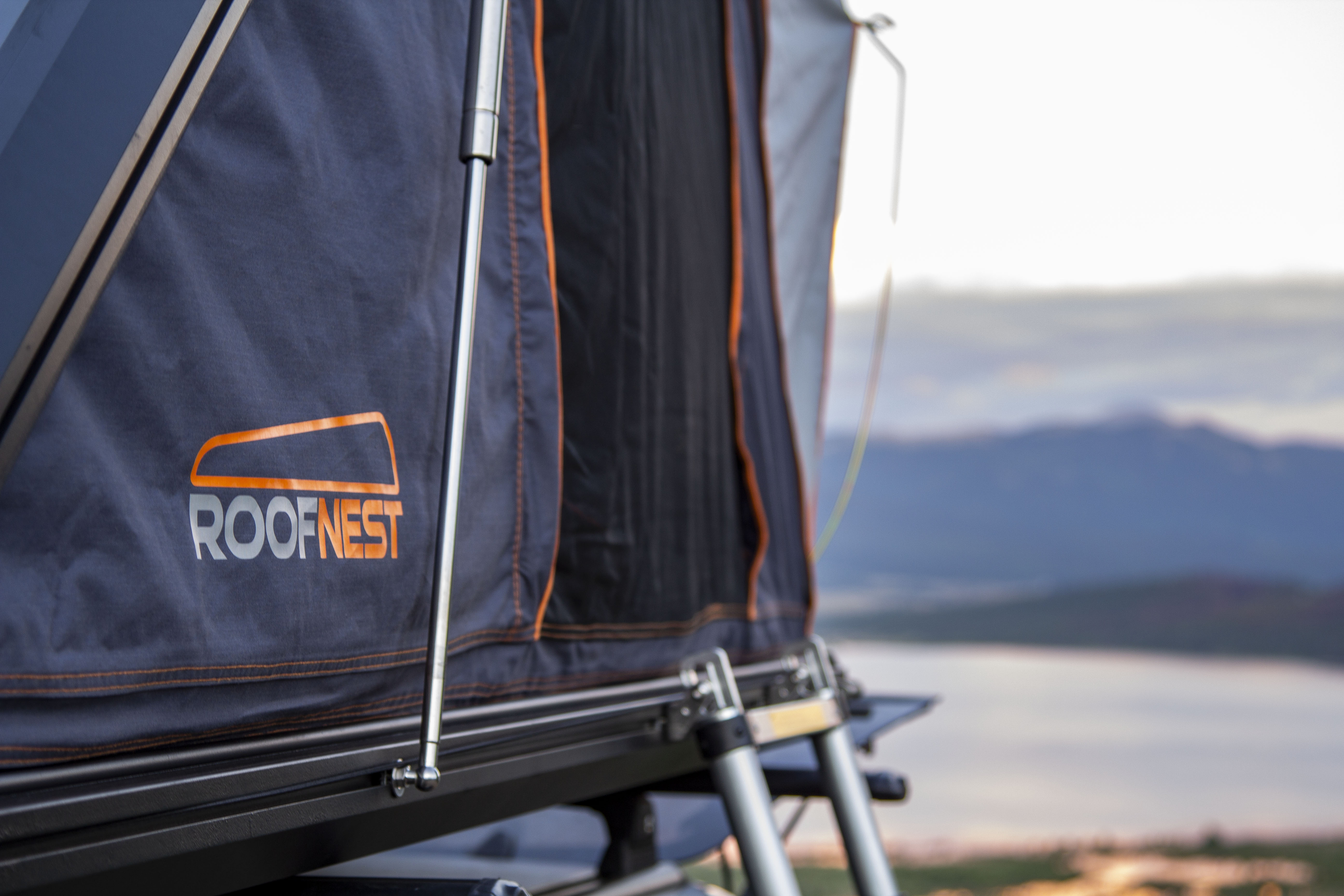
Why it’s Cool
1. It’s thin, like super thin.
There are a lot of selling points to the Falcon, but one of the most obvious is going to be the fact that it’s a mere 7 inches thick. That translates to a smaller impact on your fuel economy, a greater chance of fitting into your garage, and less wind noise on the highway—all of which make it more feasible to keep on your truck for daily driving.

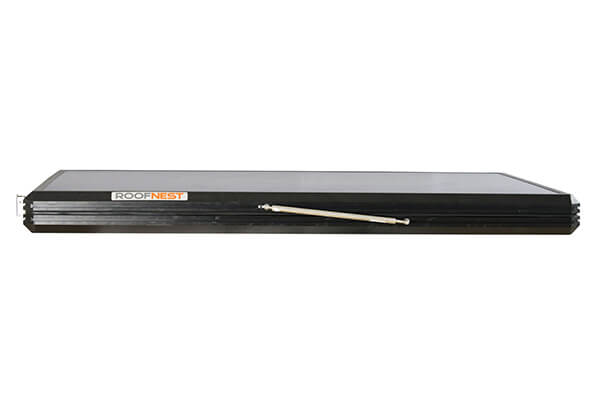
2. It still has creature comforts.
Of course, at 7 inches, it isn’t the thinnest tent on the market; that honor belongs to Go Fast Camper at just 6 inches thick. But the Falcon makes up for that extra inch with some creature comforts that I feel are worth it. I mean, if you’re spending the money on an RTT, it better be comfortable right?
First, and most importantly, the Roofnest carries a 3-inch thick mattress as opposed to the 2-inch mattress used in the GFC. There’s also interior storage spaces and overhead netting to help keep your living space clear, and the door has an extendable rainfly for getting into and out of the tent in bad weather—a feature which I’ve found to be a necessity on many occasions in other tents.
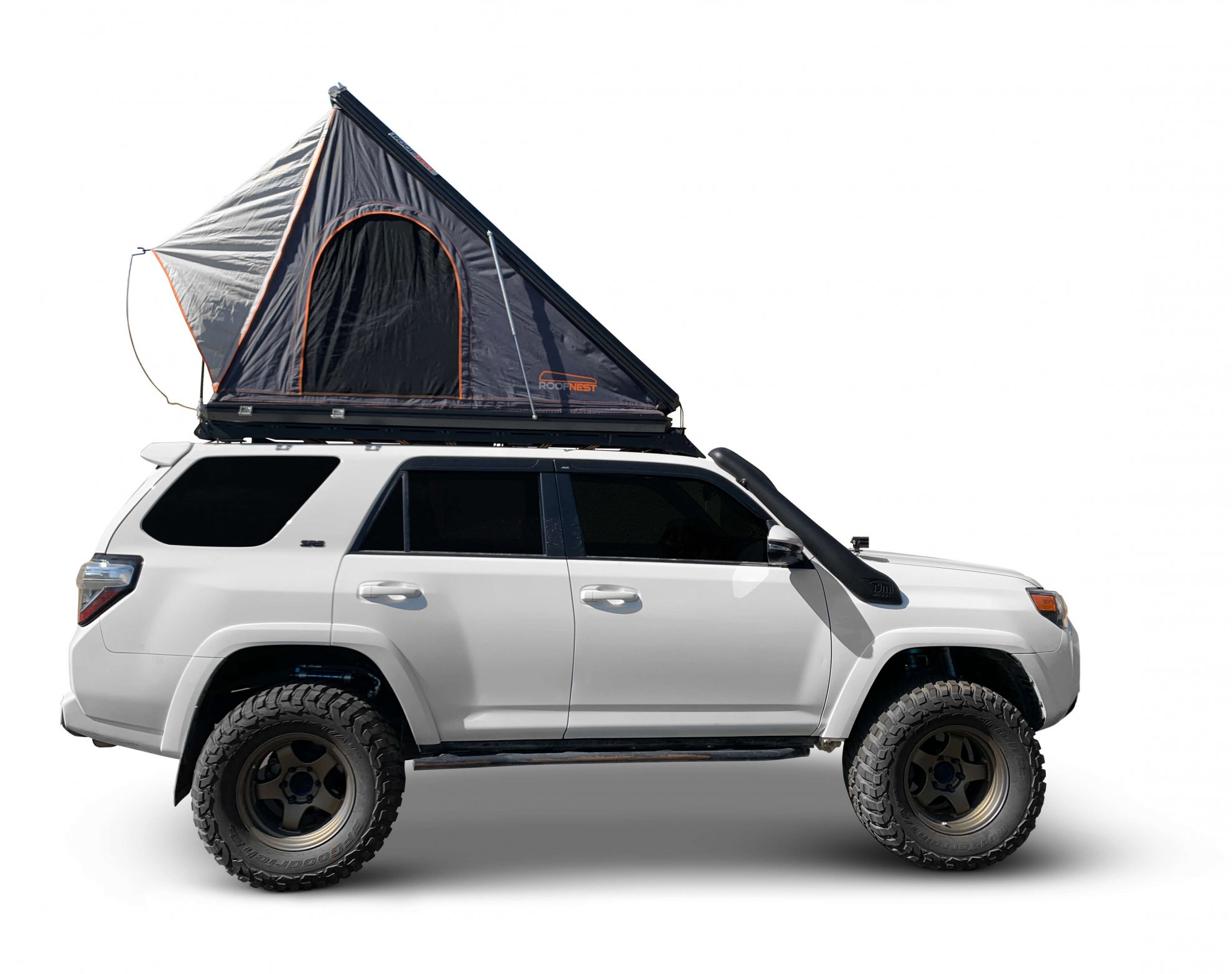
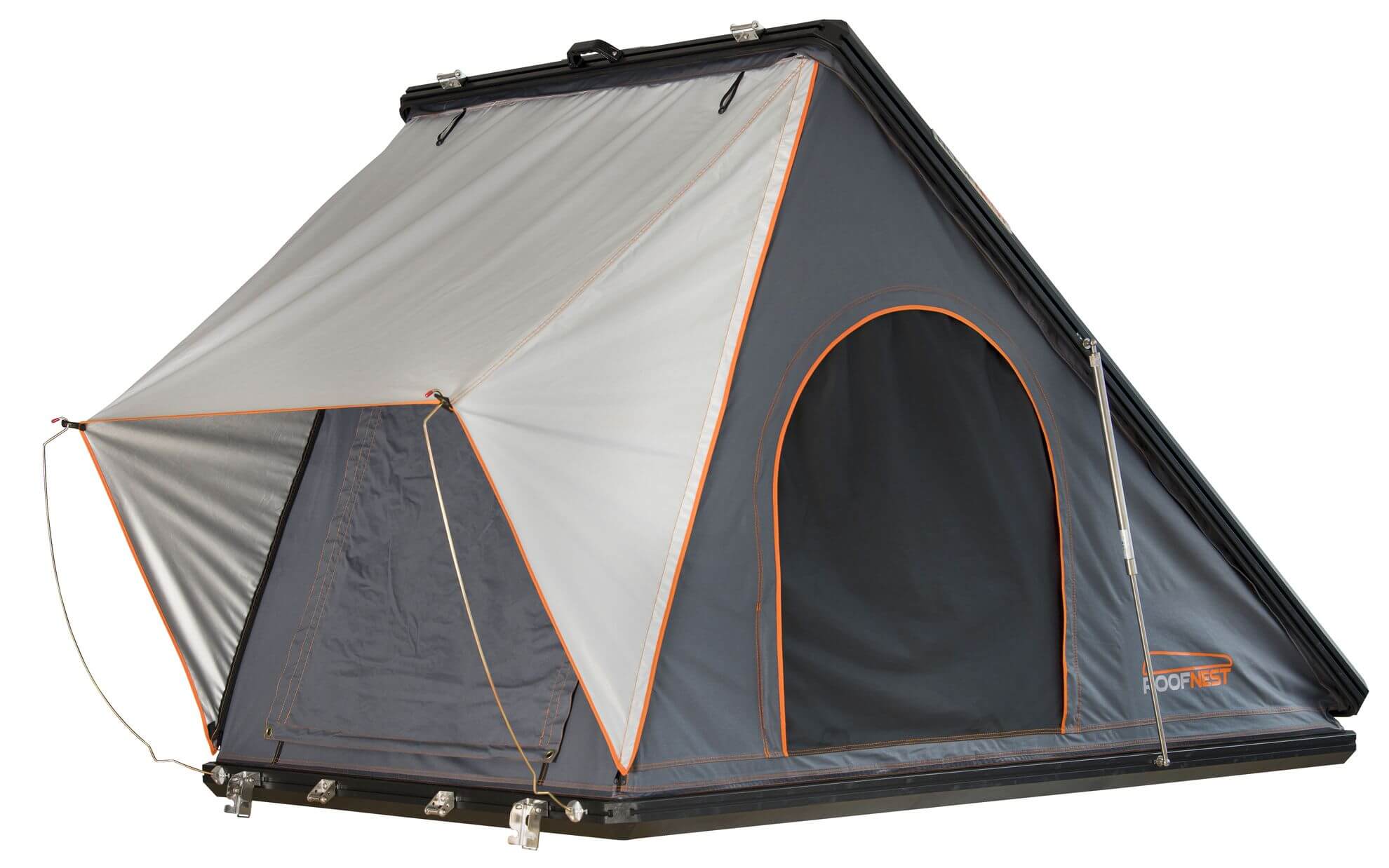

3. It’s light but strong.
The Falcon is all about staying light without compromising strength. The shell is made from aluminum honeycomb sheets bound together by aluminum channels on all four sides. The bottom is reinforced with aluminum crossbars, and the clamshell design eliminates the extra hardware required for a straight pop-top style RTT, all of which keeps the total weight at just 135 pounds while supporting up to 650 pounds. For reference, an ARB Simpson III soft-shell tent weighs 171 pounds, while the Alu-Cab weighs 194 pounds. That’s 25 percent and 44 percent more respectively. The GFC, however, comes in at an identical weight of 135 pounds, so it’s a level playing field there.


4. It doesn’t waste space.
Once you install a traditional rooftop tent, that roof space is pretty much gone, but with the Falcon, this is far from the case. By using aluminum siding with integrated T-slot channels around all four corners, Roofnest has made it possible to attach light bars, awnings, fishing poles, and more to the sides of the tent. Even better, with their optional roof rack attachment, you can put skis, bikes, solar panels, sand ladders, or any number of other accessories on top. The options are practically limitless.
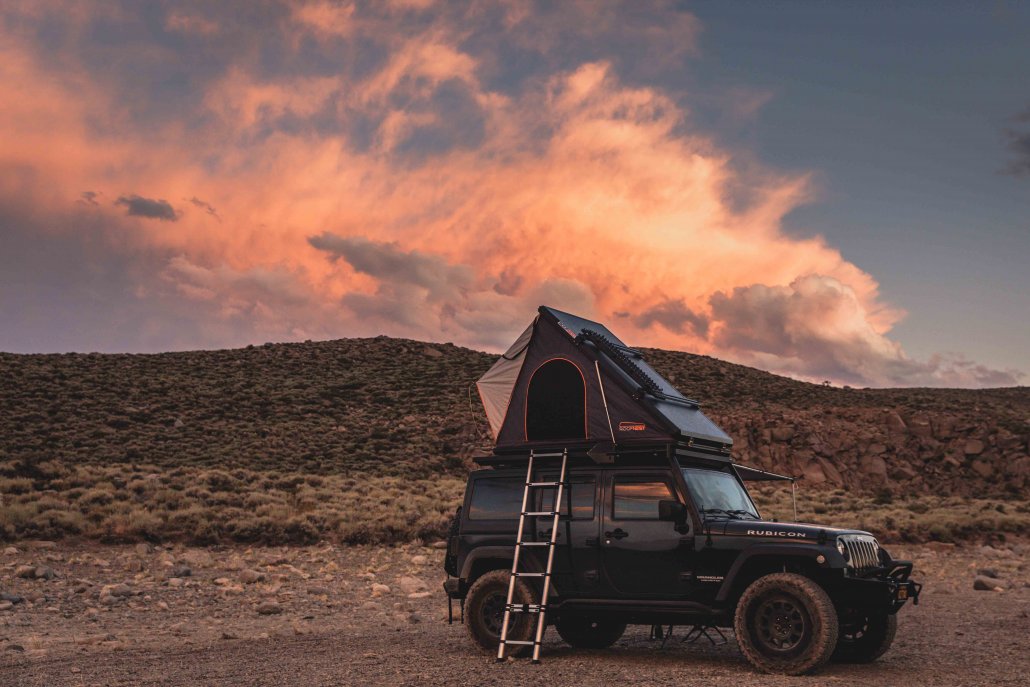
The Specifications
Dimensions
Sleeps 2 adults (regular) or 2 adults plus 1 child (XL)
Interior (regular): 6 feet 10 inches long x 4 feet wide
Interior (XL): 6 feet 10 inches long x 4 feet 10 inches wide
Exterior (regular): 4 ft 2 inches x 7 ft 1 inch x 6.5 inches
Exterior XL: 60 inches wide by 85 inches long x 6.5 inches high when closed
Weight
Regular: 135 pounds
XL: 150 pounds
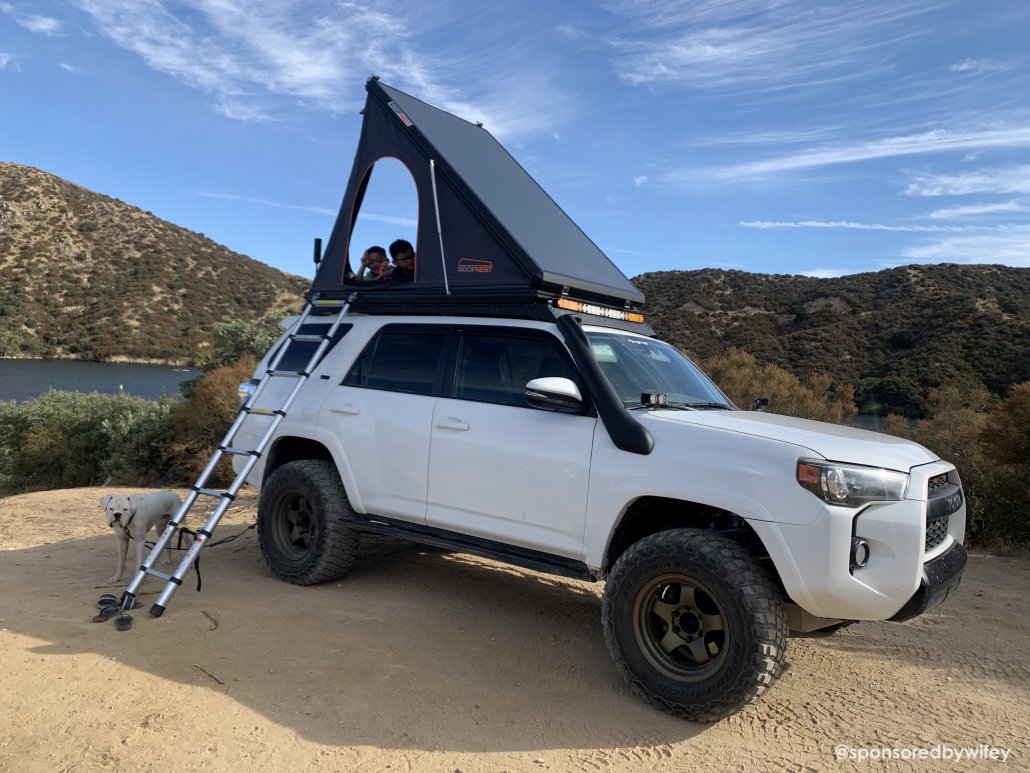
Tent Walls
The walls are a thick polyurethane-coated polyester/cotton blend with a waterproof rating of 3000mm. Roofnest states that the fabric is closer to a heavy-duty wall tent, which provides additional warmth, and is quieter during a windstorm due to its weight.
Doors and Windows
The Falcon has three doors with both canvas and mesh zip closures. The canvas doorway can be turned into a small shade awning with the included spring-steel poles, and an additional rainfly can be deployed in bad weather or as a sunshade.
Ladder
An 8.5-inch telescoping ladder is included with a heavy-duty storage bag and can be attached to the edge of the Roofnest for additional safety.
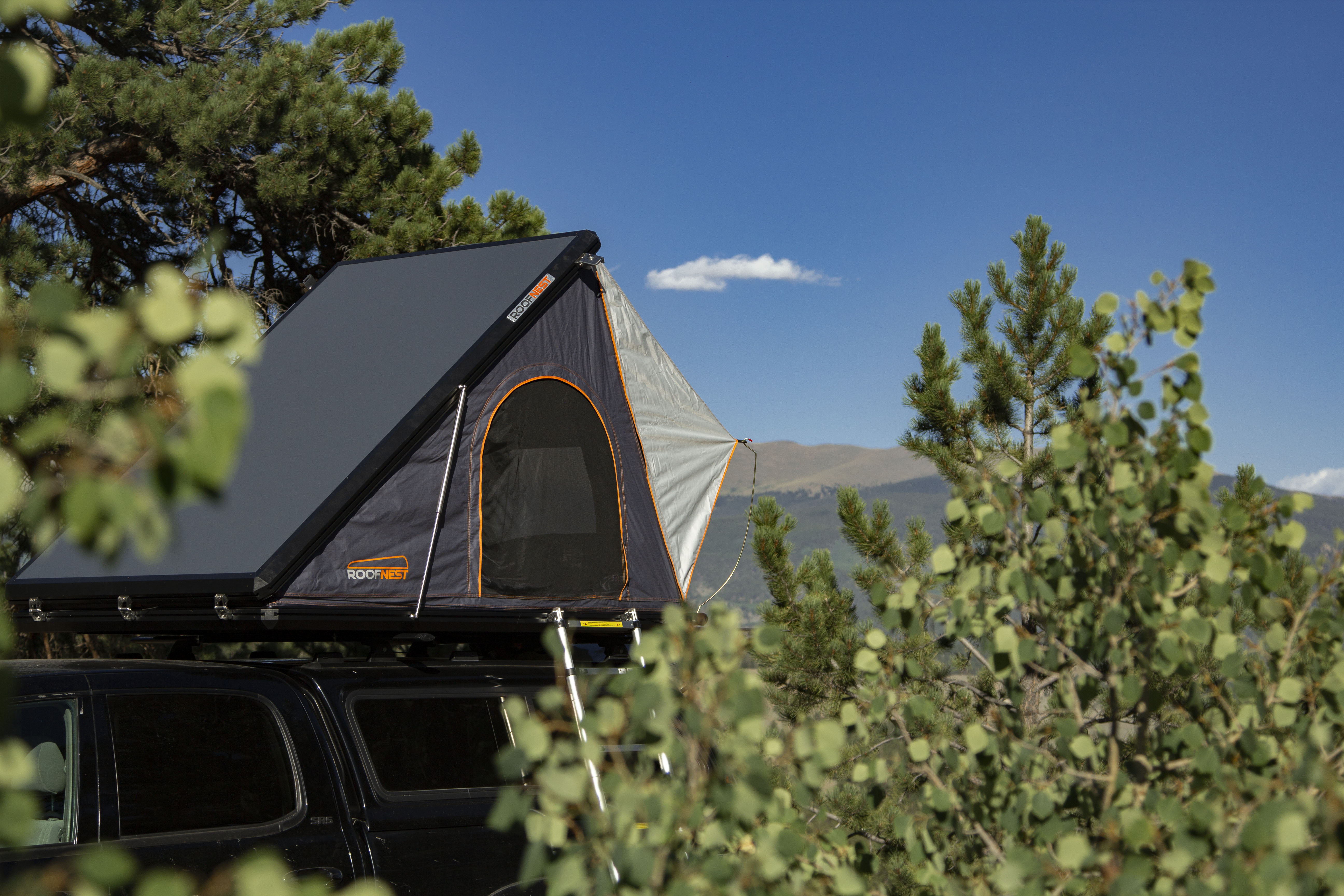
What it Costs
The retail price for the Falcon will start at $3,395 for the regular tent and $3,495 for the XL. That’s a good chunk of change, but it’s also cheaper than many (if not most) of its competitors.
How it Performs
Just kidding, we can’t report on this yet as we’re still waiting on our test unit to arrive, but when it does, you can be sure to check back for a full review of what we love and what we don’t.
For now, you can learn more by visiting the Roofnest website here.



